#Apollo Lunar Module
Explore tagged Tumblr posts
Note
What's your favorite Spacecraft, both real and fictional?
It would be impossible to choose a favorite real spacecraft but my favorite fictional spacecraft is probably the Galaxy Class USS Enterprise NCC-1701-D.

Partly because I love the TNG technical manual and partly because it's just gorgeous. Easily the best looking ship to carry the name.
Some candidates for my favorite real spacecrafts: The Space Shuttle Orbiters (Space Transportation System) (1981-2011). Truly horrendous design. Unsafe, inefficient, but unquestionably gorgeous and utterly iconic, having defined human spaceflight for at least two generations.


You may have a death toll but I can't stay mad at you...
The Apollo Lunar Modules (1969-1972). These babies have a negative death toll, being instrumental in the rescue of the Apollo 13 astronauts and being uninvolved in the Apollo 1 fire. They are also one of two unquestionably iconic U.S. government vehicles designed and built by Grumman with "L" in the name--the other is the USPS Long Life Vehicle.

Skylab. They really did just say "what if we emptied out a rocket tank and turn it into a space station." and it has the dubious honor of being the only space station with a spacious enough volume to test cold-gas EVA-jetpacks and to have a shower. All while having its sun shield and one of its solar panels torn off. It's even large enough that you can run along the outside, and the centrifugal force of your own circular motion is enough to keep you on the walls/floor.
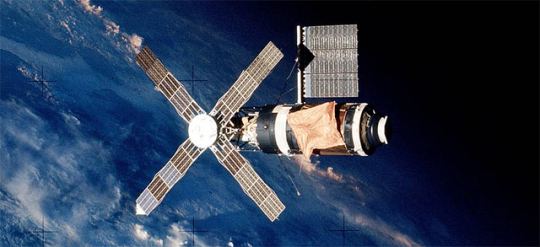


New Horizons (launch 2006, arrival at Pluto 2015, arrival at Arrokoth 2019).
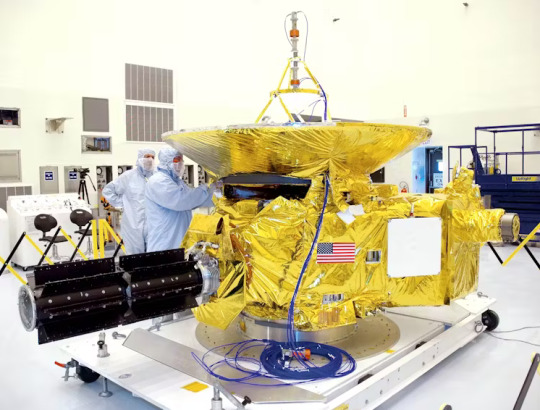


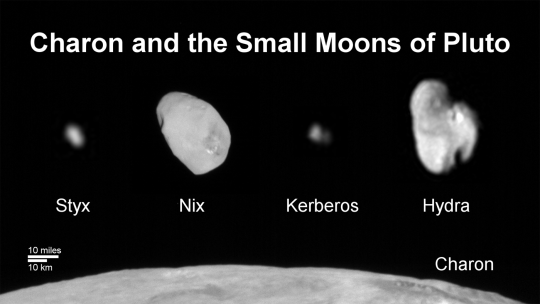
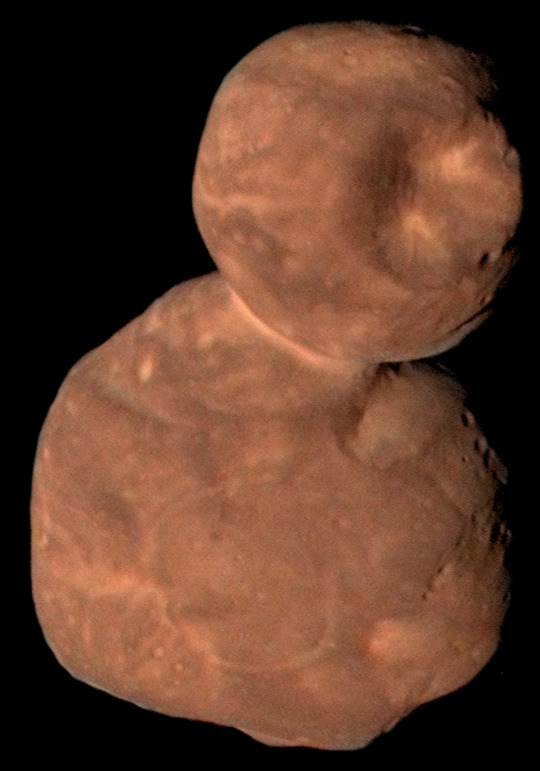
Cassini (launch 1997, arrival 2004, destroyed at end of mission 2017)





and the Voyagers (especially Voyager 2) Launch: 1977 Jupiter: 1979 Saturn: 1980 and 1981 Uranus: 1986 Neptune: 1989 Heliopause: 2012 & 2018 Current status: transmitting from Interstellar space (in terms of heliophysics. Still well within the sun's gravitational sphere of influence)

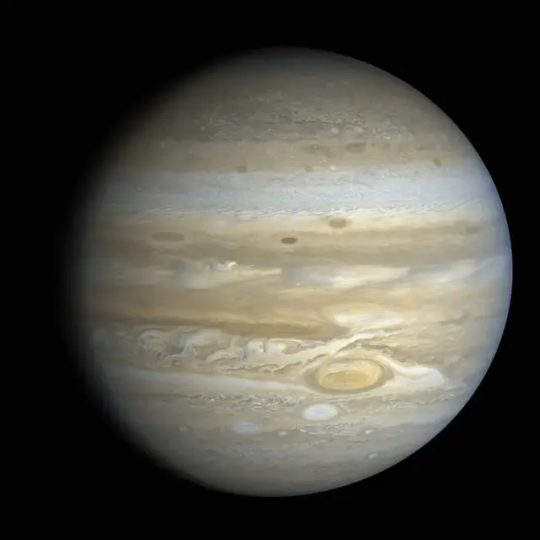



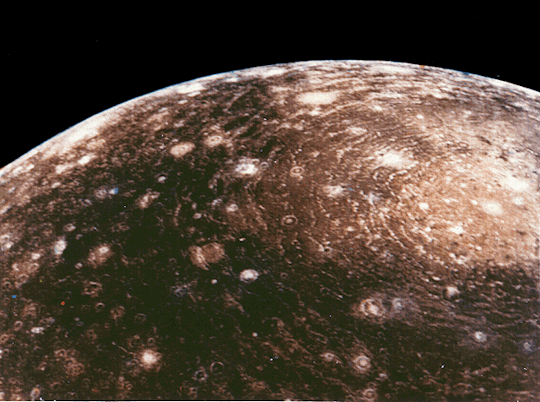

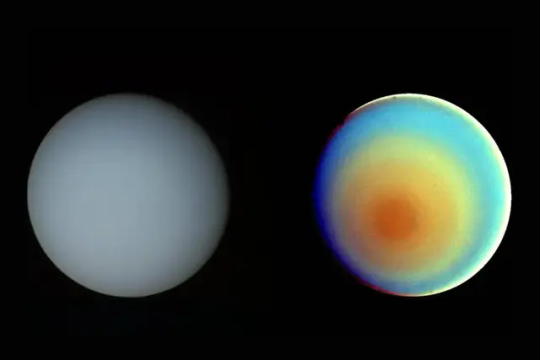

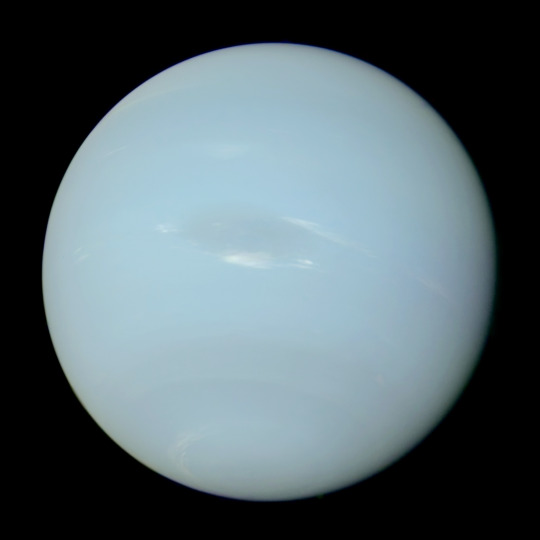

Robotic spacecrafts are the fuckin' best.
#space#space exploration#star trek#spacecraft#spaceship#Voyager spacecraft#Cassini spacecraft#New Horizons spacecraft#outer solar system#solar system#Jupiter#Io#Europa#Ganymede#Callisto#Saturn#Titan#Enceladus#Uranus#Miranda#Neptune#Triton#Pluto#Charon#Arrokoth#Space Shuttle#Apollo 11#Apollo Lunar Module#Lunar Module#Enterprise D
14 notes
·
View notes
Text

APOLLON 13.
#pristine apollon emerges from the apollo 13 lunar module “aquarius” not designed for atmospheric reentry#apollo#greek mythology#tagamemnon#greek myth#my art
770 notes
·
View notes
Text



Apollo 9 Gumdrop (CSM-104) prior docking with the Lunar Module Spider (LM-3).
Date: March 7, 1969
NASA ID: AS09-24-3631, AS09-24-3624, AS09-24-3652
#Apollo 9#Apollo CSM Block II#CSM-104#Gumdrop#Lunar Module#LM-3#Spider#NASA#Apollo Program#D-type mission#space#orbit#March#1969#my post
97 notes
·
View notes
Text

Buzz Aldrin - July 20th, 1969
#NASA#Apollo 11#Moon mission#Moon landing#Moon#Lunar module#Eagle#spaceflight#Astronaut#lunar landing#EVA 1#Buzz Aldrin#History
182 notes
·
View notes
Text
youtube
How Charles M. Schulz created Charlie Brown and Snoopy | BBC Global
19 December 2024
Few characters have the generational staying power of Charlie Brown and Snoopy.
The cartoon’s creator, Charles M. Schulz (1922-2000), personally drew every Peanuts strip from 1950 until his passing in February 2000.
The strip - syndicated in over 2,600 newspapers - inspired films, music and countless merchandise.
NASA even named two Apollo 10 lunar modules after Charlie Brown and Snoopy in 1969.
While Charlie Brown may have been the eternal failure, the universal feelings that Schulz channelled helped make Peanuts a global success.
#Youtube#snoopy#peanuts#charles schulz#charlie brown#cartoons#beagle#dog#nasa#apollo 10#lunar modules#comic strip
13 notes
·
View notes
Text
GETTING TO THE MOON

On the Apollo missions, the lunar module was in a compartment stage beneath the command module engines. Once the ship had reached a certain distance, that stage would separate and free the lunar module.

The command module would then dock with the lunar module. The spacecraft then continued on to lunar orbit in thesis configuration.
Upon arrival at the separation point, two astronauts would crawl through a pressurized tunnel from the command module into the lunar module. The third astronaut remained in the command module, orbiting above the moon.

The lunar module then separated and proceeded to its landing point. The lunar module (or LEM - Lunar Excursion Module, as it was referred to at this point) became home for the two astronauts during their brief stay on the moon.
-Apollo 11 stayed 21 hrs 36 mins
-Apollo 12 stayed 31.6 hrs
-Apollo 13 never landed
-Apollo 14 stayed 33 hrs
-Apollo 15 stayed 67 hrs
-Apollo 16 stayed 71 hrs
-Apollo 17 (the last men on the Moon) stayed just seconds shy of 75 hrs.

For departure the top half of the LEM, or ascent stage, would fire its rockets and ascend into lunar orbit to rendezvous with the command module. The descent stage was left behind on the lunar surface.
Once the ascent stage had docked with the command module the astronauts would transfer back. The ascent stage was then jettisoned, and all three astronauts rode the command module back to Earth to splashdown somewhere in the ocean.
Just a reminder of what REAL astronauts experienced back in the day. Meanwhile, in present times, everyone seems to be going ga-ga over a bunch of celebrities who central high and experienced a brief moment of zero-G.
#Apollo#command module#lunar module#LEM#Lunar Excursion Module#moon landing#it's real!#NASA#space travel#real space travel
9 notes
·
View notes
Text
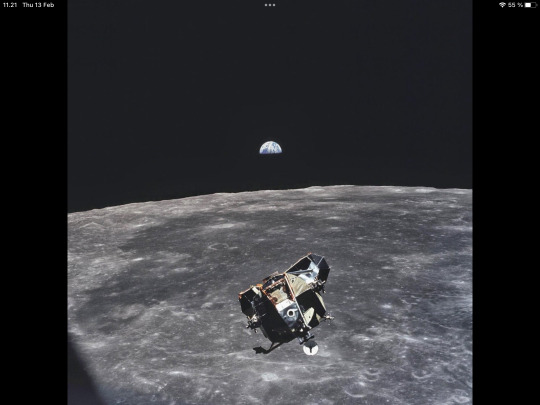
All of humanity in one photo (Except of the photographer, Michael Collins)
#apollo 11#michael collins#luner module#buzz aldrin#neil armstrong#1969#man on the moon#moon landing#humanity#space photography#space program#nasa#lunar lander#eagle#the eagle has landed
7 notes
·
View notes
Text

LEM after liftoff
42 notes
·
View notes
Note
Can I get a space and dog themed thing please?

Here you go buddy :)
#I LOVE SPACE#SO MUCH#fun fact time!!#the snoopy shown actually went to space!!#he was a part of the artemis 1 test flight!#the apollo 10 lunar module in 1969 was named snoopy!#🥹#the background is the constelation Canis Major#otherswise known as greater dog#appropriate seeing as dogs have actually been to space before and made it back home#truly great and i cant wait to join them#thanks for this ask! :0)#agere#sfw agere#age regression#kidcore#mine#agere game#age regression game#space#dogs#pls lemme know if the image stays blurry..
64 notes
·
View notes
Text

When North American Rockwell builds a spacecraft, North American Rockwell builds a spacecraft.
#vintage advertising#north american rockwell#nasa#apollo#spacecraft#apollo command module#apollo service module#saturn rocket#rockets#lunar module#moon landing#the 60s#engineering#rocketdyne
62 notes
·
View notes
Text

Commander Neil Armstrong and lunar module pilot Buzz Aldrin landed the Apollo Lunar Module Eagle on July 20, 1969, at 20:17 UTC, and Armstrong became the first person to step onto the Moon's surface six hours and 39 minutes later, on July 21 at 02:56 UTC. Aldrin joined him 19 minutes later, and they spent about two and a quarter hours together exploring the site they had named Tranquility Base upon landing.
13 notes
·
View notes
Text

Finished the LM mini building block kit from KSC!
19 notes
·
View notes
Text
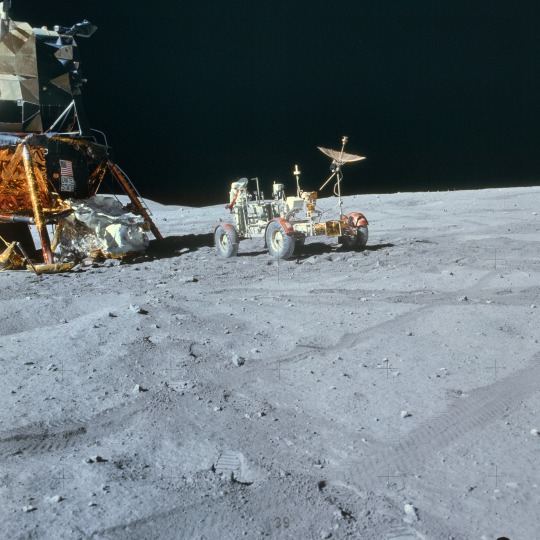
Parked by the front door. The Lunar Rover sits by Orion, the Lunar Module during Apollo 16, Apr 1972. The crew of John Young, Charlie Duke & Ken Mattingly experienced many glitches on the way to the moon culminating in concerns in the main engine. Mission Control had considered aborted the entire landing until it was decided the issues could be overcome. Still, as a result of these concerns, the mission ended 1 day earlier than planned.
#astronauts#apollo 16#space travel#astronaut#space exploration#nasa#space race#space#vintage space#moon landing#space age#1972#lunar rover#man on the moon#moon landings#1970s#lunar module#lunar surface#the moon#nasa astronauts#nasa photos#outer space#space history#space program
44 notes
·
View notes
Text

The Apollo 13 Lunar Module (LM-7) descent stage with thermal shielding above the descent engine under construction at Grumman Aerospace Corporation's factory at Bethpage, Long Island, New York.
source
#Apollo 13#Lunar Module#LM-7#Aquarius#NASA#Apollo Program#H-type mission#Construction#Grumman Aerospace Corporation#Grumman#Factory#Bethpage#Long Island#New York
85 notes
·
View notes
Text
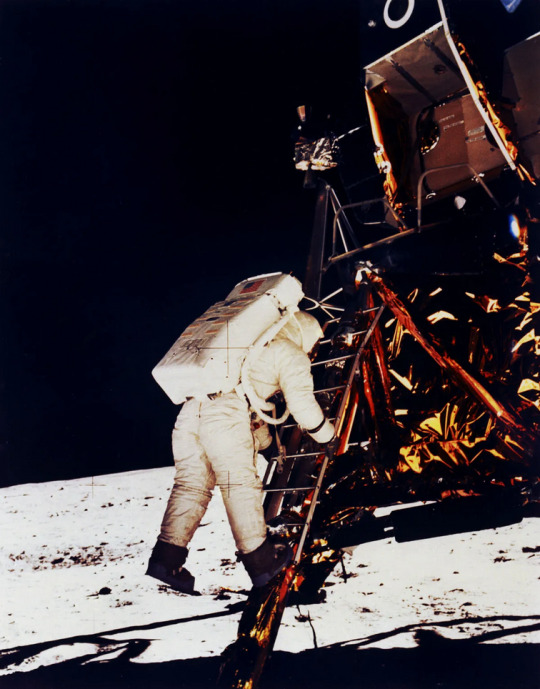
"One giant leap for mankind"
#NASA#Moon landing#Eagle#Lunar module#Neil Armstrong#Astronaut#Lunar landing#moon#spaceflight#Apollo 11#History
46 notes
·
View notes
Text
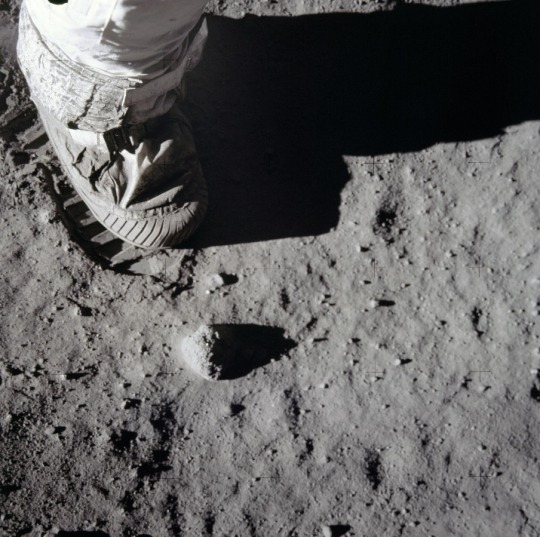
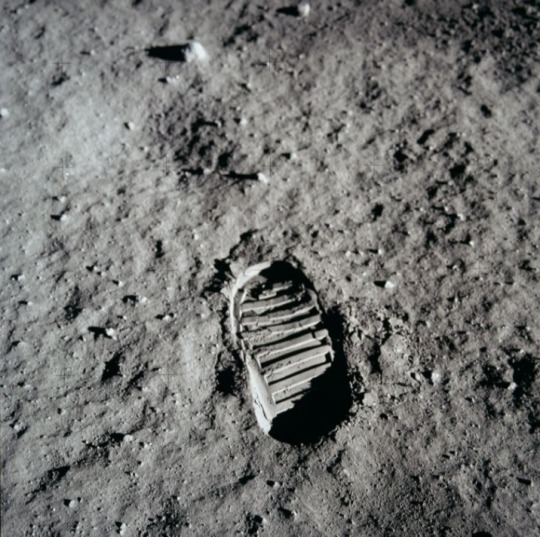
One small step. 🌑
On 20 July 1969 (54 years ago), Apollo 11 crewmembers became the first human beings to set foot on the lunar surface.
Today, we’re building on the legacy of Apollo as we prepare to establish a long-term human infrastructure on the Moon with Artemis.
— NASA
#International Moon Day#Artemis#Lunar Module 54#Neil Armstrong#Buzz Aldrin#Michael Collins#NASA#astronauts#space#space exploration#space mission#Eagle#moon#Apollo#moon landing
68 notes
·
View notes